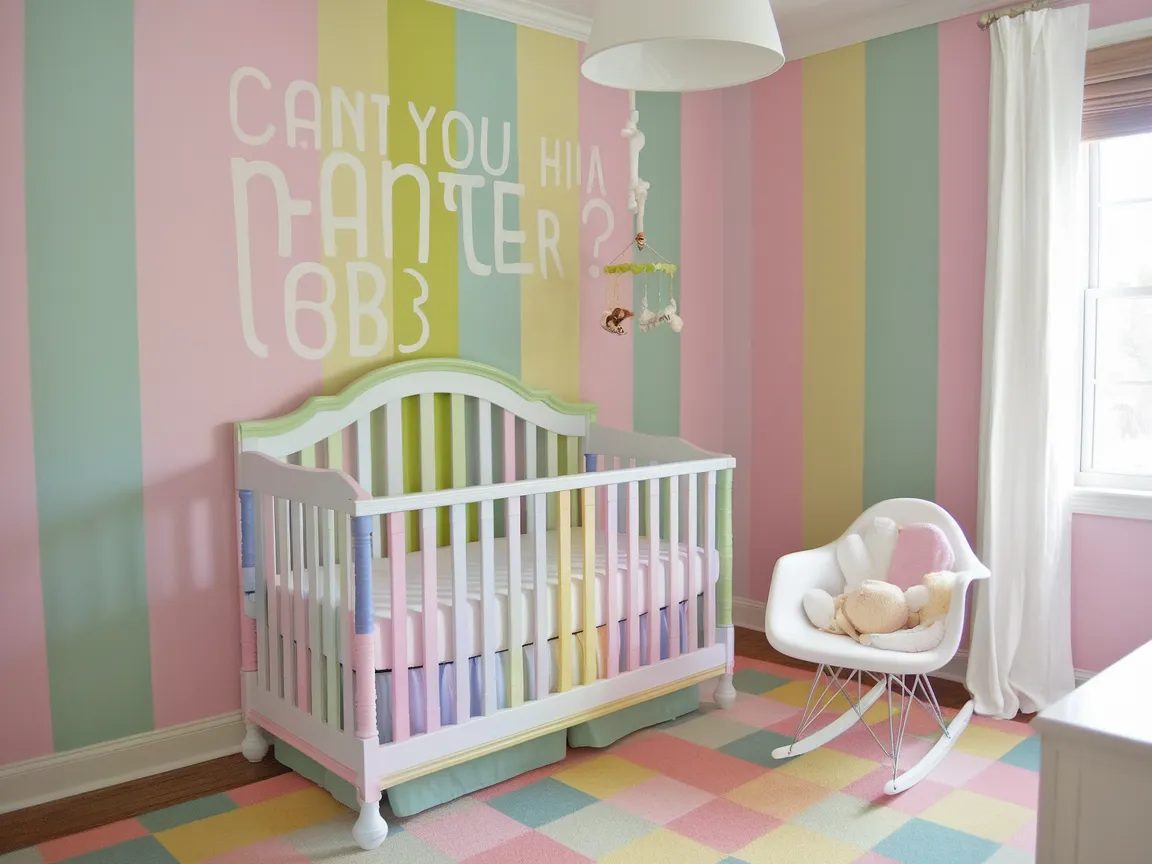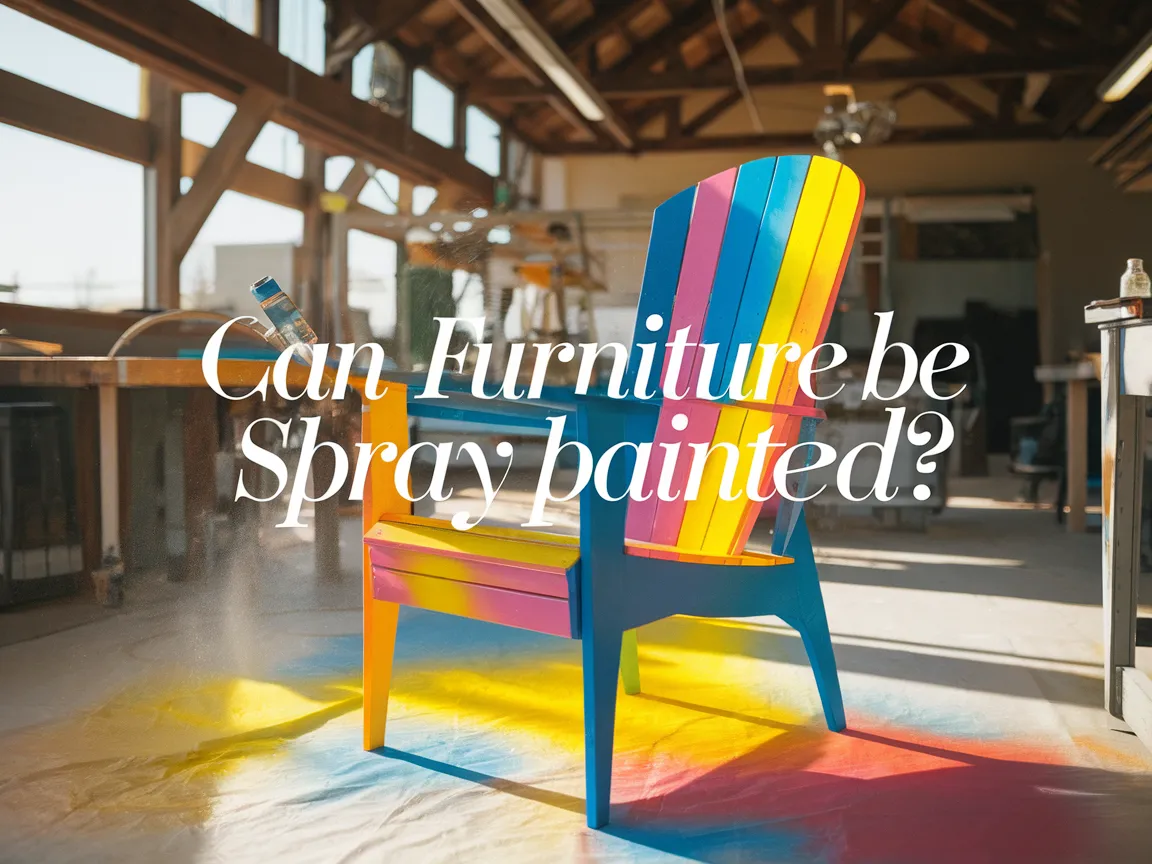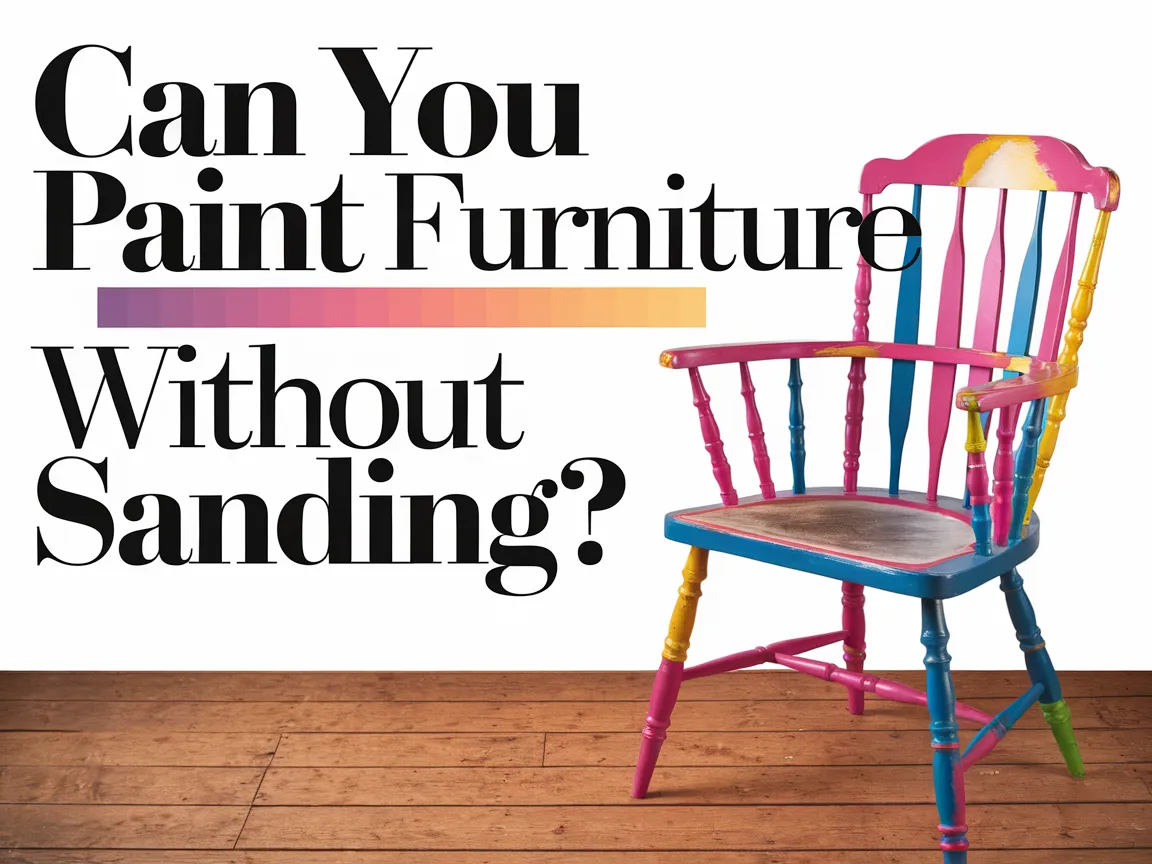Can You Use Wall Paint on Furniture?
Published on: October 17, 2025 | Last Updated: October 19, 2025
Written By: Alisha Winters
Furniture is stuff you sit on, eat at, and keep your favorite things in. It’s like the cozy friends in your home, helping you relax and enjoy life.
So, can you use wall paint on furniture? Knowing this is key because not every paint works the same way. I’ve learned the hard way with a chair that got all sticky after paint, leaving me with a mess!
In this guide, we’ll explore important points like essential tips before you start, steps for painting furniture successfully, color choices, types of wall paint that work, factors to consider, common issues, finishing touches, and fun DIY project ideas. It’ll help you decide if you can use wall paint on furniture and how to tackle projects like how to paint plastic chairs or how to paint old wooden chairs, making your home look fabulous.
Contents
- 1 Can You Use Wall Paint on Furniture?
- 2 Furniture Meaning and Types
- 3 Before You Start: Important Considerations
- 4 Steps to Successfully Paint Furniture With Wall Paint
- 5 Recommended Color Palette for Furniture Using Wall Paint
- 6 Types Of Wall Paint Suitable for Furniture Applications
- 7 Cost-Effectiveness of Using Wall Paint on Furniture
- 8 Durability Comparison: Wall Paint vs. Furniture Paint
- 9 Factors Affecting the Use Of Wall Paint on Furniture
- 10 Common Issues When Painting Furniture With Wall Paint
- 11 Finishing Touches: Enhancing Your Painted Furniture
- 12 DIY Project Ideas for Using Wall Paint on Furniture
- 13 Frequently Asked Questions (FAQs)
- 14 Conclusion: Final Thoughts on Using Wall Paint for Furniture Projects
- 15 Useful Resources
Can You Use Wall Paint on Furniture?
Sure, you can use wall paint on furniture! Just keep in mind it might not be as durable as furniture paint. Wall paint often needs a topcoat for better protection. So, consider your furniture’s use and the finish you want. If you’re looking to achieve a smooth, professional finish, minimize brush strokes effectively.
Furniture Meaning and Types
Furniture refers to movable items designed to support various human activities, like seating, sleeping, or working. It includes components made from materials such as wood, metal, and plastic, with dimensions like height (50 Cm to 110 Cm or 19.7 To 43.3 Inches) for tables and length (60 Cm to 200 Cm or 23.6 To 78.7 Inches) for sofas.
Can you use wall paint on furniture? I painted an old wooden chair with leftover wall paint, and it transformed beautifully, standing out in my living room.
A colleague found it useful for revamping outdated pieces. As we explored ways to refresh decor, I noticed how easy it was to investigate methods for painting metal furniture with wall paint. Proper preparation and the right products can yield stunning results without sacrificing originality in your space. When working with different surfaces, it’s crucial to be aware of potential paint interactions that could damage your painting project unexpectedly.
Before You Start: Important Considerations
What do you need to prepare for? Here’s your prep checklist.
- High-quality wall paint: Choose products like Benjamin Moore Regal Select or Sherwin-Williams Emerald. These paints are durable and provide lasting results on furniture surfaces.
- Primer: Use Zinsser B-I-N Primer or KILZ 2. These sealants create an ideal base for paint adhesion to the furniture.
- Sandpaper: Select 220-grit sandpaper for a smoother finish. Sanding the furniture roughens the surface, allowing paint to stick better.
- Brushes and rollers: Get a high-density foam roller and a fine-bristle brush like Purdy Clearcut. They ensure a flawless paint application, minimizing streaks.
- Drop cloth: Use a large one, approximately 2.74 m x 3.66 m (9 Ft X 12 Ft). This protects your floors from paint spills—messes can disrupt your work!
You should now have a good understanding of key considerations before painting furniture. In the next part, we’ll discuss effective painting steps.
Also See: Can You Paint a Granite Countertop? Yes, Here’s How!
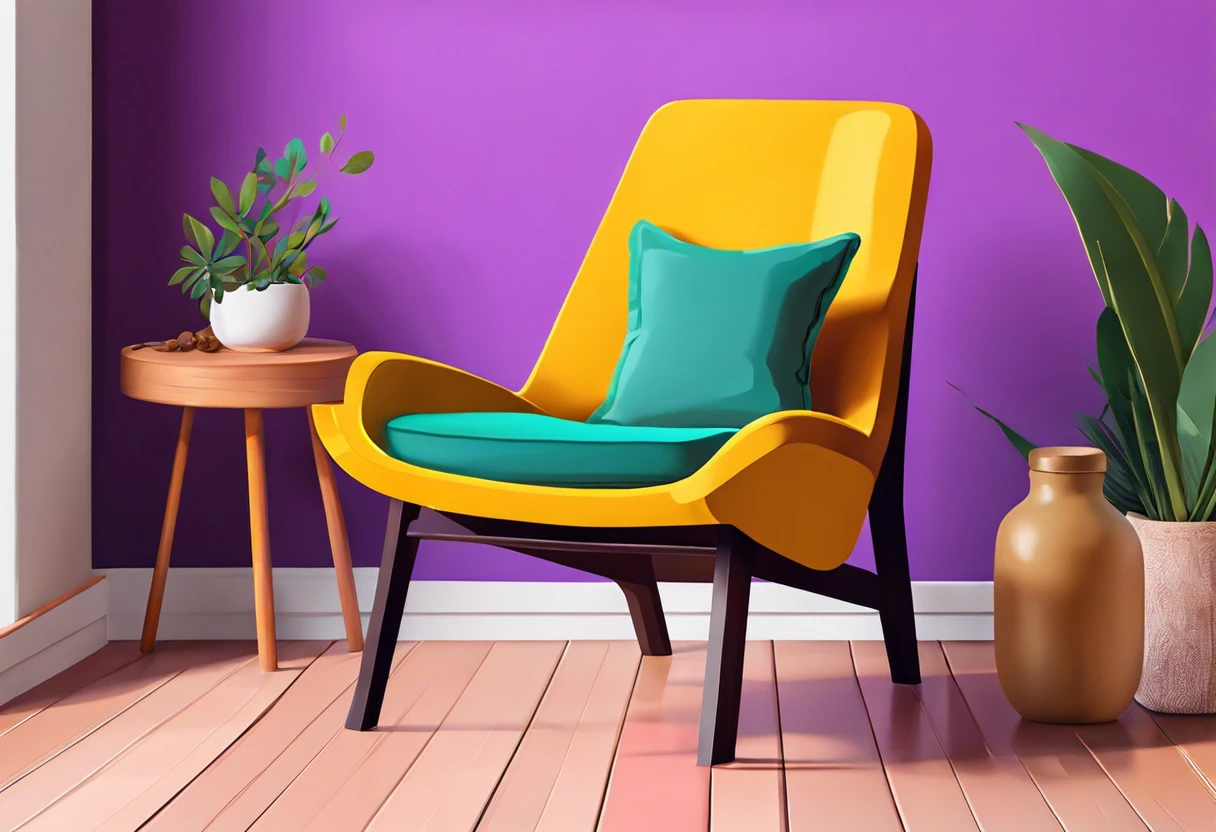
Steps to Successfully Paint Furniture With Wall Paint
Here are the steps for using wall paint on your furniture.
-
Choose the Right Wall Paint
Select high-quality, durable wall paint. Look for labels like ‘washable’ or ‘scrubbable’ to ensure it withstands daily use.
I recommend acrylic wall paints for furniture. They’re water-based, non-toxic, and dry faster than oil-based options.
-
Prepare the Furniture Surface
Cleansing the surface is essential. Use a degreaser or soapy water to scrub away dirt, grease, or old residue from previous paint (If Any).
Make sure the furniture is dry before painting. For the best results, lightly sand glossy surfaces with 120 to 220-grit sandpaper to help the paint adhere better.
-
Apply Primer (if Necessary)
Consider applying a primer for porous materials like pressed wood. A good bonding primer enhances grip and reduces future chipping.
I recommend using a spray primer for an even finish. Apply in thin coats, waiting about 30 minutes to an hour between layers.
-
Color Application
Using a brush or roller, apply your wall paint in thin layers. Work in one direction to minimize streaks, and avoid overloading your brush with paint.
Allow the first coat to dry for about two hours before applying a second coat for full opacity. Depending on the color and finish, you may need three coats.
-
Seal the Finish
Once your paint is completely dry, consider sealing the surface with a clear furniture sealer or topcoat. This step adds durability and protects against scratches.
Apply about 120 ml (4 Oz.) of sealer per square meter (10.76 Ft²). A water-based polyurethane is a great choice for maintaining the painted surface.
We have now covered the steps for effectively painting furniture with wall paint. Next, we will discuss a suggested color palette.
Recommended Color Palette for Furniture Using Wall Paint
I recommend a “Coastal Calm” palette, featuring soft blues and sandy neutrals to create a serene atmosphere in your space. These colors work together beautifully, providing a cohesive and relaxing vibe. If you’re feeling creative, you might even want to explore painting unique facial designs.
| Color Box | Hex Code | Color Name |
|---|---|---|
| #A6C8E0 | Soft Sky | |
| #E2D2B3 | Sandstone Beige | |
| #4D756E | Deep Sea Green | |
| #F4F6C9 | Sunlit Ivory |
We’ve wrapped up the recommended color scheme for furniture using wall paint here. Let us turn our attention to suitable wall paint types for furniture applications.
Types Of Wall Paint Suitable for Furniture Applications
Let’s look at various wall paints you can use on furniture, including latex, chalk, spray, and oil-based paints.
-
Latex Paint
Latex paint, a water-based and quick-drying option, is a favorite for its ease of use. It’s durable and flexible, making it suitable for indoor and outdoor furniture.
-
Chalk Paint
Chalk paint provides a matte finish that adheres beautifully to furniture. Highly pigmented, it’s perfect for achieving a vintage look without requiring priming.
-
Spray Paint
Spray paint easily covers awkward shapes and provides a smooth finish. It may require several coats for full coverage, so use it in a well-ventilated area!
-
Oil-based Paint
Oil-based paint is known for its hard finish and rich colors. Although it takes longer to dry and requires solvents for cleanup, it stands the test of time.
I’ve found chalk paint to be the best choice for furniture. It adheres well to various materials without prep work, which is a total win for me!
We’ve wrapped up the various types of wall paint suitable for furniture applications. Let us turn our attention to the cost-effectiveness of using wall paint on furniture.
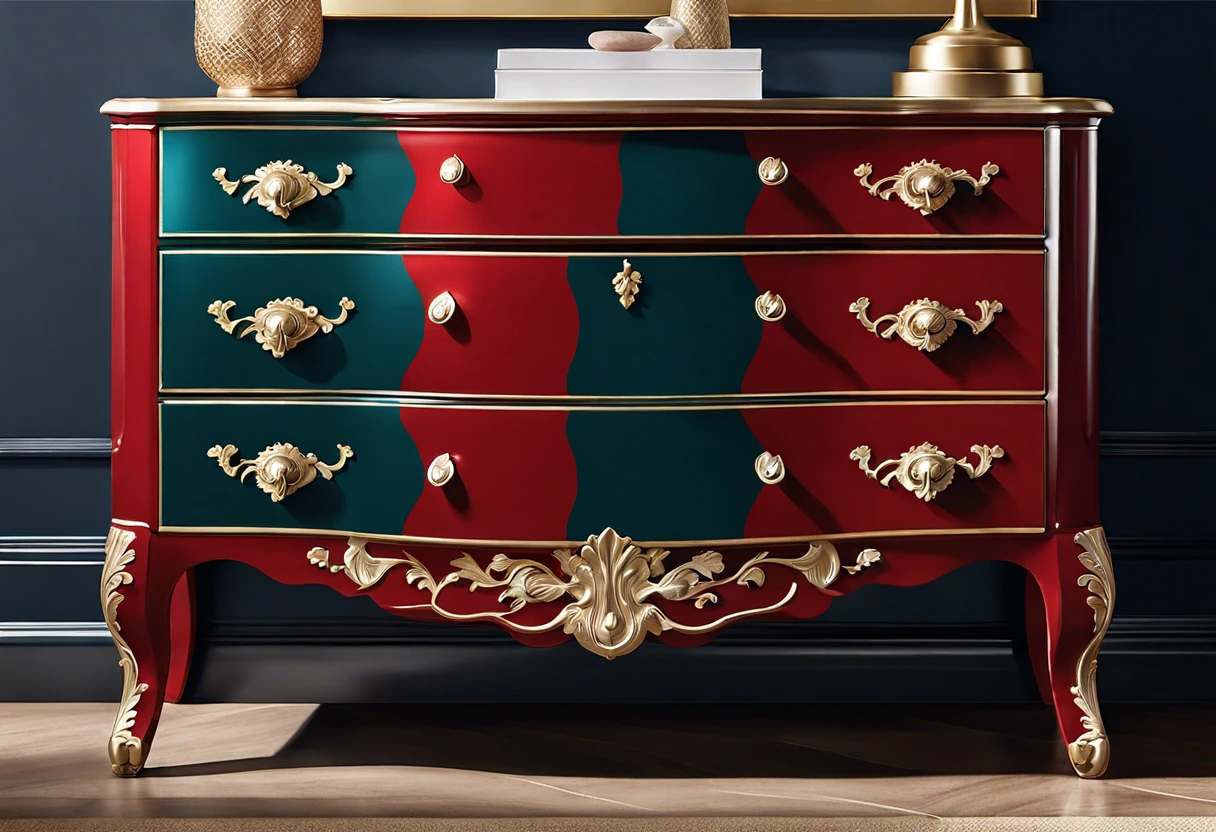
Cost-Effectiveness of Using Wall Paint on Furniture
Using wall paint on furniture can be a smart budget move. Let’s break down the costs and savings.
| Item | Wall Paint Costs (Approx.) | Furniture Paint Costs (Approx.) | Potential Savings |
|---|---|---|---|
| Quart of Paint | $15 – $25 | $25 – $50 | 10 – 35 Dollars |
| Primer | $10 – $20 | $15 – $30 | 5 – 10 Dollars |
| Brush/Roller Set | $10 – $20 | $10 – $20 | 0 – 5 Dollars |
| Total Project Cost | $35 – $65 | $55 – $100 | 20 – 35 Dollars |
As you see, using wall paint can save you 20 to 35 bucks on average. If you’ve got multiple furniture pieces or a whole room to paint, those savings really pile up!
Durability Comparison: Wall Paint vs. Furniture Paint
Let’s look at how wall paint holds up against traditional furniture paint.
| Aspect | Wall Paint | Furniture Paint |
|---|---|---|
| Finish Options | Mostly matte or eggshell finishes | Glossy, satin, and matte |
| Durability | Moderate; great for light use | High; designed for wear and tear |
| Flexibility | Less flexible; can crack | More flexible; resists cracking |
| Application Ease | Easy; quick drying | Similar; sometimes requires multiple coats |
While wall paint offers a budget-friendly option, keep in mind it may not hold up under heavy use like traditional furniture paint does. It’s wise to think about what your furniture will endure before painting. If you’re looking to customize fabric items like denim, you might want to explore painting techniques for fabric projects.
Factors Affecting the Use Of Wall Paint on Furniture
What factors influence the decision to apply wall paint on furniture materials?
-
Surface Material: Different materials absorb paint differently, affecting the finish and durability.
-
Preparation: Proper sanding or priming improves adhesion; skipping this causes paint to peel.
-
Type of Paint: Not all wall paints are suitable for furniture; choose those designed for wood or fabric.
-
Usage: Furniture that experiences heavy wear needs more durable paint; consider its future use.
Common Issues When Painting Furniture With Wall Paint
My friend Sarah tried using wall paint on her wooden side table. The finish looked muddy and dried unevenly. It’s not surprising since wall paint’s binders aren’t designed for furniture wear.
To fix it, she should sand the surface (Around 120-220 Grit), apply a primer for better adhesion, and then use quality acrylic paint to ensure a smooth coat. This increases durability.
Finishing Touches: Enhancing Your Painted Furniture
After using wall paint on furniture, apply a clear topcoat for durability. Consider water-based polyurethane with an application rate of 10 square meters per liter (107 Sq Ft/gal) for optimal protection. If you’re looking to refresh other surfaces like bathtubs, you might want to explore painting techniques for bathroom fixtures.
Inspect corners for wear every 6 months. Look for scratches or chips. Use a quality touch-up paint in a matching color to fix minor flaws quickly.
If you’ve got a few years of experience, apply an airbrush technique with perfect misting at 14-18 psi. This creates an ultra-smooth finish on intricate details of your furniture.
DIY Project Ideas for Using Wall Paint on Furniture
If you wanna transform your old furniture, think wall paint on your plain bookshelves! I suggest trying a two-toned color block on your coffee table or even a funky geometric design on your old chair. Exploring vintage painting techniques can inspire unique furniture makeovers that reveal artistic design innovations.
For these projects, you’d typically need some wall paint, painter’s tape, and brushes, which can run you around $30-$50 (Around €28-€45). Give yourself a solid weekend – about 5 to 10 hours depending on your design and drying time. Artists have long explored innovative painting techniques that challenge spatial perception, like creating mind-bending artistic perspectives.
Can you use wall paint on furniture? Absolutely! I’ve also used DIY chalk paint for quirky finishes or even spray paint for a sleek look – open up your options! Just remember, prep is key, and don’t shy away from experimenting with textures. If you’re curious about mixing different paint types, furniture painting techniques can expand your creative possibilities.
Frequently Asked Questions (FAQs)
Now let us look at some common questions about using wall paint on furniture. I typically get asked…
Does Wall Paint Work on Metal Furniture?
Yes, wall paint does work on metal furniture. Metal surfaces can hold paint well if properly prepared, such as cleaning and priming them beforehand.
How Long Does Wall Paint Take to Dry on Furniture?
Wall paint typically takes 1 to 2 hours to dry on furniture. For best results, allow 24 hours before use to ensure full curing, which can affect durability.
Will Wall Paint Chip Off Furniture Easily?
No, wall paint won’t chip off easily if it’s applied correctly. Using a primer and letting it cure properly enhances durability, making the finish resist chipping better over time.
What is the Best Way to Clean Painted Furniture?
The best way to clean painted furniture is with a mild soap and soft cloth. Avoid harsh chemicals that can strip paint, keeping it fresh and intact for years.
How to Paint Plastic Chairs?
You can paint plastic chairs using a special plastic primer before applying your wall paint. This allows the paint to bond securely, avoiding peeling or flaking.
How to Paint Over Urethane Finish?
To paint over a urethane finish, you’ll need to sand the surface lightly first. This technique helps ensure that any paint adheres properly, providing a smooth and lasting coat.
How to Paint Glossy Furniture Without Sanding?
To paint glossy furniture without sanding, use a bonding primer designed for glossy surfaces. This step improves adhesion and minimizes the risk of paint sliding off.
Conclusion: Final Thoughts on Using Wall Paint for Furniture Projects
I’m glad we could cover this together. We explored essential considerations, various painting techniques, suggested colors, and tips for overcoming common challenges when using wall paint on furniture.
In summary, using wall paint for furniture is feasible, but it’s important to focus on the type of paint, thorough surface preparation, and proper application techniques to achieve optimal results.
For further insights and resources, be sure to check out what Paint Answers has to offer.
Useful Resources
- Edwards, B. (2012). Drawing on the Right Side of the Brain. New York, NY: TarcherPerigee.
Experienced interior designer with 15+ years in transforming spaces, blending artistry with expertise in color and design. Rhode Island School of Design graduate, specializing in restorations and modern makeovers.
Furniture, Interior


